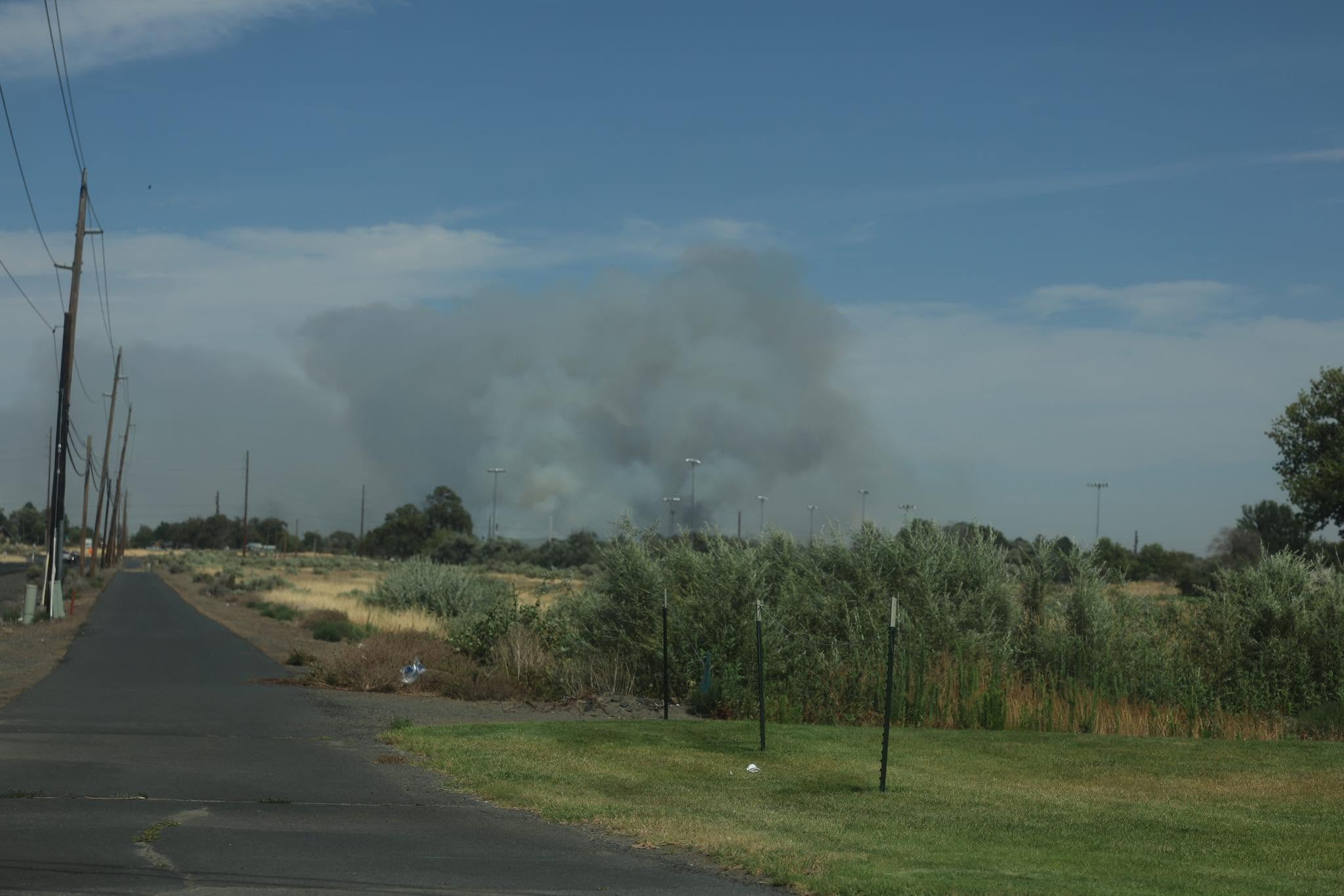Chaos coming with senior COVID-19 vaccine eligibility next week
Published 6:00 am Sunday, February 7, 2021

- Retired registered nurse Sharon Waldern volunteers to draw up doses of the Moderna COVID-19 vaccine during a Umatilla County vaccination clinic at the Pendleton Convention Center on Friday, Jan. 22, 2021.
SALEM — The gap between COVID-19 vaccine eligibility and availability will make for a chaotic start to age-based inoculations next week.
Beginning Monday, Feb. 8, Oregon residents 80 and older are eligible to receive their first dose of the two-shot Moderna or Pfizer vaccines.
People over 80 have accounted for just over half of the 2,002 deaths from COVID-19 in Oregon.
But Gov. Kate Brown and Oregon Health Authority Director Pat Allen said demand vastly outstrips current supply. Allen told a House panel earlier this week that there are an estimated 168,000 people 80 and older in Oregon, which is currently receiving about 40,000 first-shot doses of the vaccine per week. This includes doses for those in earlier priority groups who haven’t been inoculated yet. The required second doses are in a separate count.
It all translates to a building wave of frustration and disappointment among those who have waited for their time in line for the vaccine.
“If you watched the senior category roll out everywhere else in the country, it was really chaotic — it’s going be chaotic here too,” Allen said.
The age limit will drop five years every week until those 65 and older can receive shots March 1. But with 800,000 people in Oregon over the age of 65, eligibility will overwhelm availability well into spring.
County health agencies will be the front lines for telling those eligible where and when they might be able to be vaccinated. There is no central state registry or appointment line.
Allen said the fragmented system is necessary so that vaccination distribution matches the needs of local communities, not a “one-size-fits-all Portland” solution.
Brown acknowledged the beginning of an exasperating stretch as seniors and their families try to navigate the growing chasm between government’s promise and delivery.
“I want to thank our seniors for their patience thus far, and for their continued patience in the coming days and weeks,” Brown said. “We are still managing a scarce resource. There will be hiccups in this process, but we are going to get through them.”
More than 350,000 people in Oregon — about 8.8% of the population — have received at least one shot of vaccine, ranking Oregon 12th in the nation.
Oregon’s vaccine priority system is already straining to get shots for groups already eligible. Medical and health workers were in group 1A, which has been largely but not wholly completed.
The other group in the top priority were residents of nursing homes, who received some of the first shots that became available late last year. Seniors in long term care facilities were vaccinated, but those living independently or with their families have had to wait.
In a controversial move to try to jump-start the reopening of schools, Gov. Kate Brown decided to place more than 150,000 educators, school employees and daycare workers ahead of any age group. The decision went against recommendations by the Centers for Disease Control that age should be the primary factor in deciding vaccine priority. But states are given the right to make the final decision.
The schools group became eligible in January, but is only partially vaccinated. The state’s plans were upended when a court order required the state to prioritize prisoners and staff in correctional facilities, which have had some of the highest infection rates in the state. Brown said about 5,000 shots per week from the state’s pool of doses will go to an estimated 12,000 inmates and staff at state correctional institutions.
Allen said all eligible groups will start receiving vaccinations on the date listed by the state, but will be sharing the limited supply with uncompleted priority groups ahead of them and eventually new ones behind.
Allen said OHA is aiming to have 75 percent of seniors receive their first shots by April, with second shots by May.
That’s actually about a month earlier than OHA’s most recent timelines. Allen said the state has twice as many workers ready to give shots than doses allocated to the state each week. The Biden administration has promised a 20% increase in vaccine shipments to Oregon.
“That’s good news for seniors,” Allen said.
Brown is also assigning 200 National Guard troops to operate a new phone bank to handle questions on vaccines. National Guard troops have already been called to duty inoculating residents at vaccine centers.
Brown and OHA officials also said Feb. 5 that they did not have statistics on the number of people who are not yet eligible who have been vaccinated.
While some have received shots because of the need to use up the fragile bottles of vaccine before they expired, reports of doses intentionally offered to people not in a priority group have been made public. Board members of Providence Health & Services in Portland were offered vaccinations in December and January, according to news reports this week.
“We all hate people who butt in line,” Brown said.
The state also has no statistics on the number of people in the top priority groups that are declining to be vaccinated or no-shows on scheduled appointments that leave doses unused.
“We don’t know who didn’t show up or why they didn’t show up,” Allen said.
The next priority group sequence is still being worked out by Brown and the OHA. An advisory committee created by Brown has suggested people of any age with an underlying medical condition that makes them vulnerable to a severe infection or death should be at the top of the list.
The state also wants to target “essential workers,” a category yet to be completely defined by the state.
There are an estimated 3.2 million adults in Oregon’s projected 2021 population. Allen reiterated that barring a major increase in the amount of vaccine available, many Oregonians will not be vaccinated until autumn. No vaccine has yet been developed that the FDA says can be used on anyone under 16.
Brown said Oregon remains one of the safest spots in the nation. Infection and death rates are the fourth lowest in a country where over 450,000 people have died. Though it accounts for just 4 percent of the world population, the U.S. accounts for more than 20 percent of COVID-19 deaths. Worldwide, there have been over 105 million infections and 2.2 million deaths.
The current Pfizer and Moderna vaccines require two shots spaced about a month apart. Once administered, they are 95 percent effective in preventing infection.
There are some other hopeful signs: After surging in November and December, COVID-19 infections have dropped off sharply, though are still above most levels seen in the spring and summer.
Johnson & Johnson on Thursday asked the Food and Drug Administration for emergency approval of its vaccine. If approved by late February, the vaccine could arrive in states in early March.
The upside on the Johnson & Johnson vaccine is it only requires one shot. It has a lower efficiency rate of 72% in a sample U.S. population, but it can be shipped and used more rapidly than the Moderna and Pfizer vaccines.
More information is available at covidvaccine.oregon.gov. The state is also providing information through its 211 phone system, texting ORCOVID to 898211 and by emailing ORCOVID@211info.org









